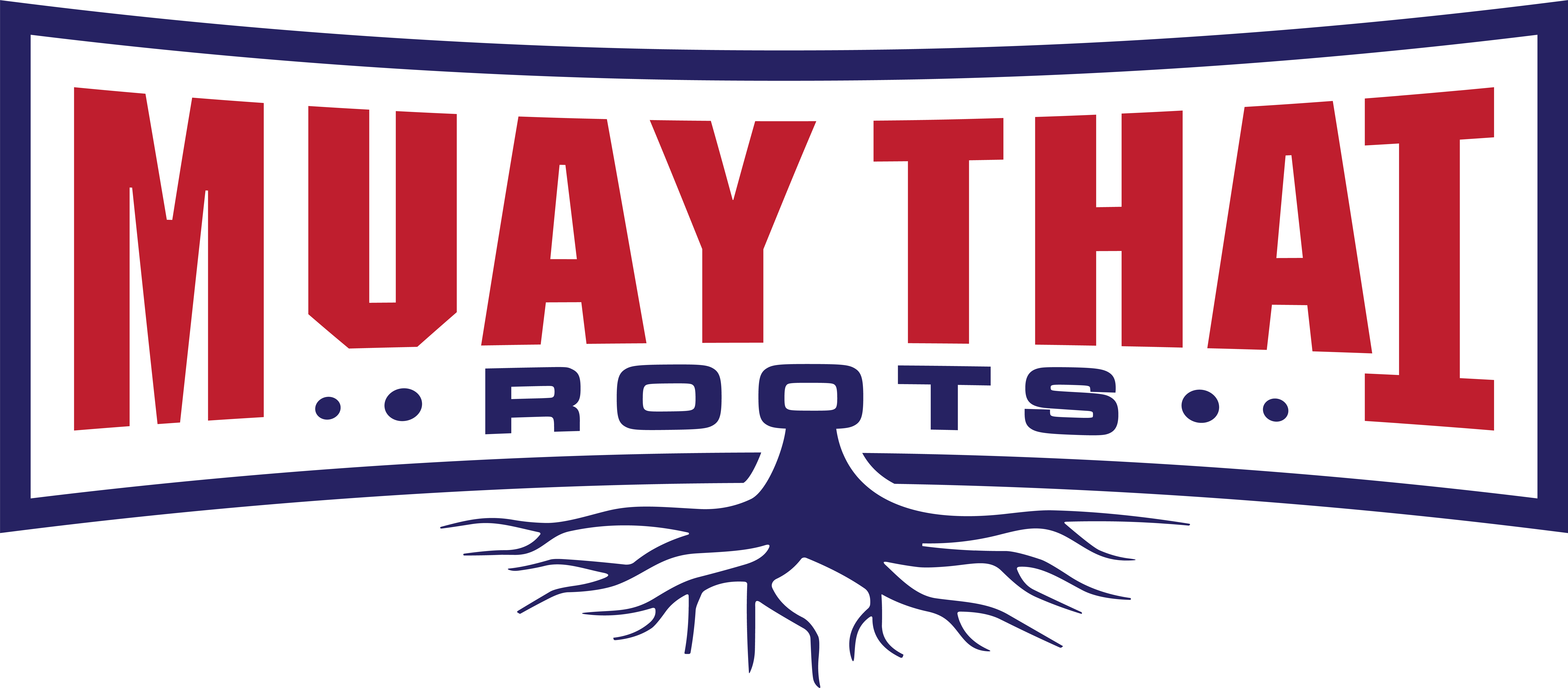In the dynamic world of martial arts, Muay Thai and Kickboxing stand out as two of the most electrifying striking disciplines. Both have captivated fighters and enthusiasts worldwide, but their roots and evolution tell distinct stories. Let's delve into the rich histories of these two combat sports and discover what sets them apart.
Muay Thai: The Art of Eight Limbs
Ancient Origins
Muay Thai, often referred to as the "Art of Eight Limbs," originates from Thailand and has a history that spans centuries. It evolved from ancient battlefield tactics where soldiers used their bodies as weapons when disarmed. This martial art utilizes punches, kicks, elbows, and knees, making it one of the most comprehensive striking systems.
Cultural Significance
Beyond its combat applications, Muay Thai is deeply embedded in Thai culture. Traditional rituals like the Wai Kru Ram Muay dance are performed before matches to pay respect to teachers and ancestors. These ceremonies highlight the spiritual and cultural aspects of the sport.
Modernization and Global Reach
In the early 20th century, Muay Thai underwent significant changes, incorporating elements from Western boxing, such as the use of gloves and standardized rules. This modernization helped propel Muay Thai onto the global stage, where it gained immense popularity and became a staple in mixed martial arts training.
Kickboxing: A Fusion of Styles

Japanese Beginnings
Kickboxing emerged in Japan during the 1960s as a hybrid martial art combining techniques from karate, boxing, and Muay Thai. Japanese boxing promoter Osamu Noguchi played a pivotal role in developing and promoting this new sport, aiming to create a full-contact fighting style that retained the principles of karate.
American Evolution
In the 1970s, kickboxing found its way to the United States, where it further evolved. American kickboxing emphasized punches and kicks above the waist, differentiating it from its Japanese counterpart. The establishment of organizations like the Professional Karate Association (PKA) helped formalize the sport and organize competitions.
Global Expansion
Over the decades, kickboxing has diversified into various styles and rule sets, including full-contact, semi-contact, and K-1 rules. Its adaptability and emphasis on striking techniques have made it a popular choice for fitness enthusiasts and competitive fighters alike.
Comparative Analysis
|
Aspect |
Muay Thai |
Kickboxing |
|
Origin |
Thailand |
Japan (1960s), further developed in the USA (1970s) |
|
Techniques |
Punches, kicks, elbows, knees (eight limbs) |
Punches and kicks (primarily above the waist) |
|
Clinching |
Integral part of the sport |
Limited or prohibited, depending on the rule set |
|
Cultural Elements |
Rich in rituals and traditions |
Focused more on sport and competition |
|
Global Influence |
Integral to MMA and traditional martial arts |
Popular in fitness and various combat sports |
Muay Thai and Kickboxing, while sharing similarities as striking arts, have distinct origins and cultural backgrounds. Muay Thai's deep-rooted traditions and comprehensive techniques offer a rich martial arts experience, while Kickboxing's fusion of styles provides versatility and adaptability. Understanding their histories not only enriches our appreciation for these sports but also informs our practice and respect for their unique paths.
For those inspired to embark on their own martial arts journey, having the right gear is essential. Visit MuayThaiRoots.com to explore a curated selection of equipment and apparel tailored for both beginners and seasoned fighters. Equip yourself with quality gear and embrace the discipline and tradition that these striking arts embody.





